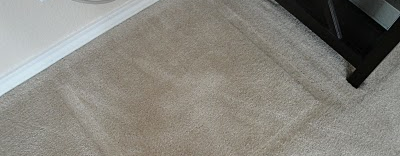The following information on key carpet features will assist you during the early months of the life of your carpet, and will help you to understand certain phenomena that may occur. These key features are not evidence of manufacturing faults, but are merely normal phenomena that may occur in a product produced from natural materials.
1. Shedding
All new carpets, especially cut pile constructions, will shed loose fibres, particularly from areas in front of chairs or under tables. Shedding occurs when fibres within the yarn work their way to the surface of the carpet. Do not become alarmed if your hoover bag fills with fibre, your carpet is not disintegrating!
The shed fibres are expanded by air and therefore appear to be a lot more bulky that they actually are. In fact, fibre loss from the total pile weight in negligible.
Shedding has no timetable to its cessation, however, even a prolonged period of shedding will not affect the performance characteristics of the carpet in any way.
2. Snags
Snags can occur when a heel or child’s toy catches the carpet and brings fibres to the surface, this is not serious, as with a sprouting tuft simply cut off with a normal pair of scissors, DO NOT cut with a knife or pull the fibres out as this can result in damage to your carpet.
3. Indentations
Indentations appear as small dents or compression marks on the surface of the carpet, caused by the concentrated pressure from castors, chair legs or heavy objects. To reduce the effect of indentations, it is advisable to move furniture regularly and make use of aids such as castor cups or castor grips so minimising the effect of compression marks.
Where indentations are found, then the gentle moistening of the affected area by rubbing with an ice cube, or alternatively the use of a water mist spray can help to aid recovery.
4. Carpet Fitted to Stairs
Stairways will concentrate traffic and can accelerate wear, particularly to the nosing of the stair.
Due to their design it is not always possible for the carpet on stairs to be lifted and moved – but where movement is possible this should be carried out periodically in order to distribute the wear more evenly.
